How To Detect A Digital Voice Recorder?
In today’s world, digital voice recorders have become increasingly prevalent. While they serve many legitimate purposes—such as recording meetings, taking voice notes, and capturing lectures—they can also be used in more nefarious ways to invade privacy or collect sensitive information discreetly. As a result, detecting a digital voice recorder can be crucial in ensuring your privacy and security. This article provides a comprehensive guide on how to detect digital voice recorders, specifically tailored to practical situations you may encounter.
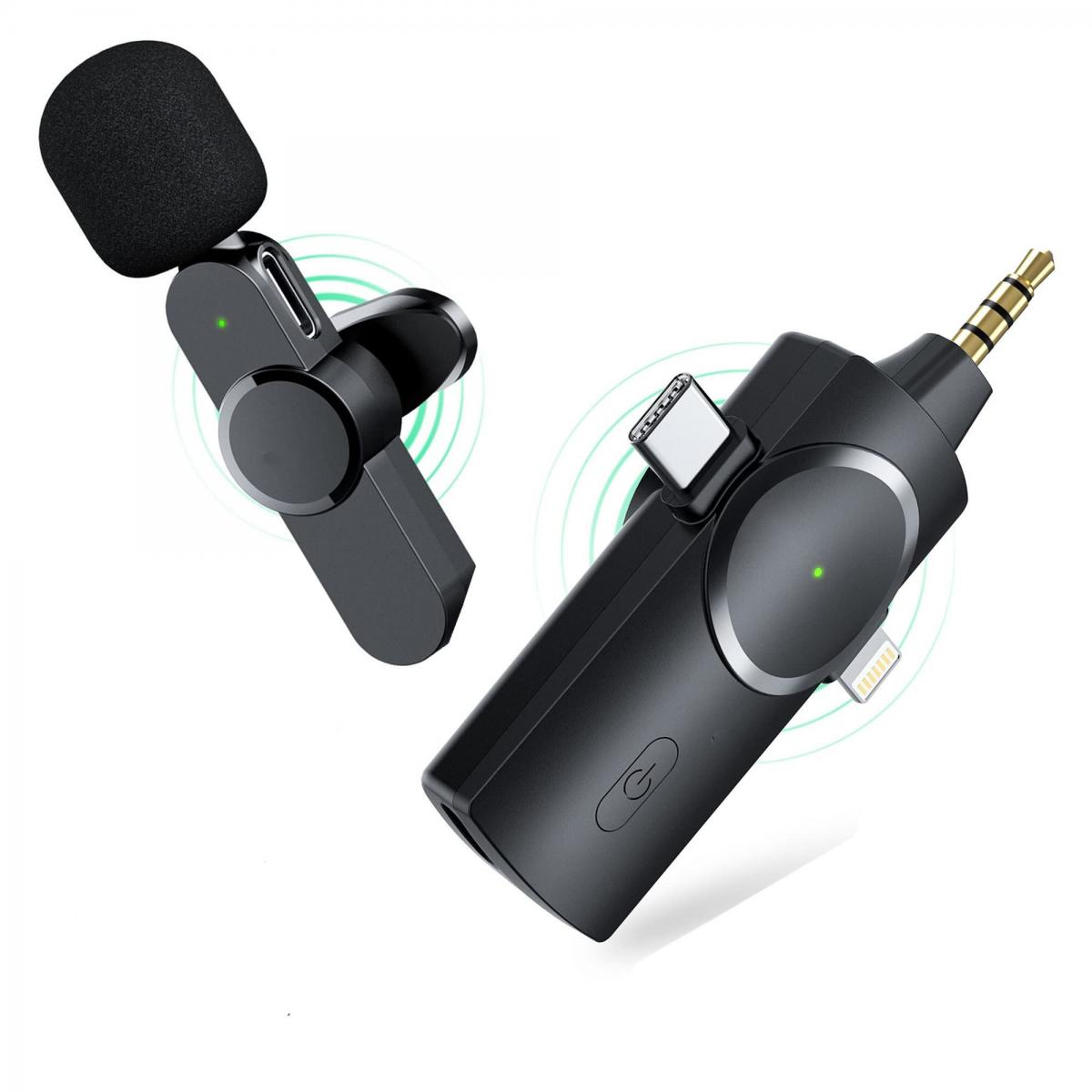
Understanding Digital Voice Recorders
Digital voice recorders come in various shapes, sizes, and functionalities. They can be standalone devices or integrated into everyday objects such as pens, USB drives, clocks, or keychains. Modern technology has enabled these devices to be small, yet powerful, capable of recording high-fidelity audio over significant durations.
Signs of a Digital Voice Recorder
Unusual Objects
One of the most apparent signs that you might have an unwelcome digital voice recorder in your space is the presence of unfamiliar objects. This can be an item you didn’t recognize as part of your original equipment or possessions. For instance, a new pen, USB drive, or even a piece of stationary that looks bulkier than usual could be a disguised digital recorder.
Noise or Interferences
Before deploying advanced detection measures, simply listen. Some rudimentary recorders may emit slight buzzing or clicking sounds. Additionally, unexplained interference on electronic devices like radios or televisions can sometimes indicate the presence of an active recording device.
Strange Behavior in Your Electronic Devices
Some low-quality recorders might cause noticeable interference with other electronic devices. If you find your phone, TV, or radio behaving unusually—especially if this happens when you move them around a specific area—this could be a cue.
Methods to Detect Digital Voice Recorders
Physical Inspection
The first step to detecting a potential digital voice recorder is a thorough physical inspection of your environment:
1. Check Unusual Objects: Look out for objects that seem unusually placed or do not belong in the setting.
2. Inspect Common Hiding Places: Recorders are often hidden in books, clocks, picture frames, smoke detectors, and other everyday items.
3. Check for Lenses and LEDs: Some recorders, especially those combined with cameras, may have tiny lenses or LED indicators.
Using a Radio Frequency Detector
RF (Radio Frequency) detectors can identify wireless transmitters by picking up their signals. Many covert audio recording devices transmit data wirelessly and can be found this way. While RF detectors can be an effective tool, they might not catch all types of recorders, especially those that store data locally.
To use an RF detector:
1. Power on the Detector: Make sure the battery is charged.
2. Sweep the Room: Slowly move the detector around the room, paying close attention to suspicious areas.
3. Identify Signal Peaks: RF detectors will emit a sound or light to indicate the presence of a transmitting device. Focus on areas with the strongest signals.
Using a Non-linear Junction Detector (NLJD)
A more advanced method is using a non-linear junction detector (NLJD), which detects electronic components by sending out radio waves and analyzing the reaction. NLJDs can locate inactive electronic devices since they do not rely on transmission signals.
1. Activate the NLJD: Ensure the device is fully charged and calibrated according to the manufacturer’s instructions.
2. Sweep the Environment: Move the NLJD device close to objects where a recorder might be hidden.
3. Analyze Feedback Curves: Feedback indicating the presence of semiconductors (electronic components) will guide you to the recording device.
Conducting Spectrogram Analysis
If you have access to audio analysis tools, you can conduct a spectrogram analysis. Record silence in the suspicious area and examine the spectrogram. Unusual or repetitive frequencies might indicate the presence of a digital recorder. This method requires specialized knowledge and equipment but can be highly effective.
Professional Help
If you suspect that you are being recorded without consent but cannot locate the device, professional help might be necessary. Many security companies offer specialized services to detect and remove unauthorized surveillance devices.
Pre-emptive Measures
To avoid falling prey to clandestine recordings, consider taking some precautionary measures:
1. Regular Inspections: Make a habit of regularly checking your environment for strange or new objects.
2. Secure Meetings: Hold sensitive discussions in areas you have swept for potential recorders.
3. Equip Yourself with Detectors: Investing in affordable RF detectors or even high-end NLJDs can offer peace of mind.
Detecting digital voice recorders can be challenging due to the rapid advancement in technology, which makes these devices smaller and harder to find. However, by being vigilant about your surroundings and using various detection methods—from physical inspection to advanced electronic tools—you can better protect your privacy and ensure the confidentiality of your conversations.
Stay informed, stay alert, and employ the necessary measures discussed in this guide to detect any digital voice recorder that may infringe upon your personal or professional space. Protecting your privacy in this digital age is not just an option but a necessity.


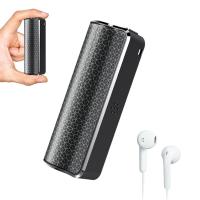
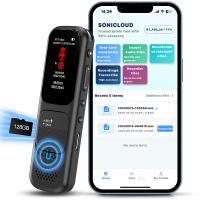
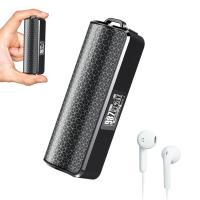
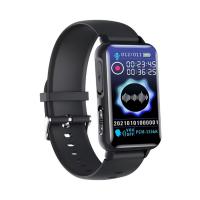
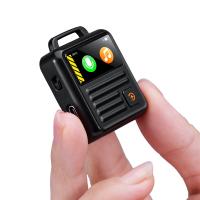

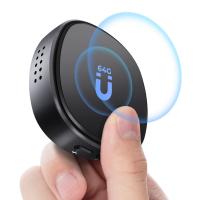
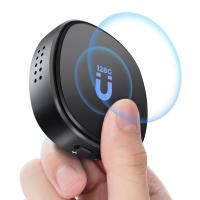



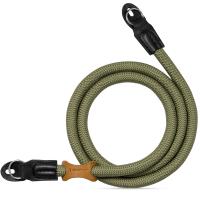
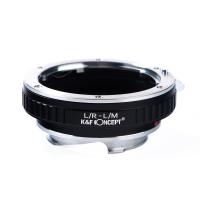




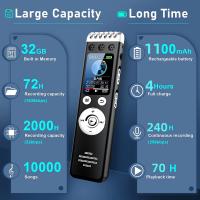
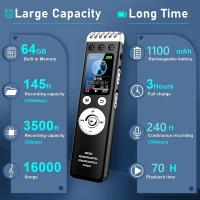
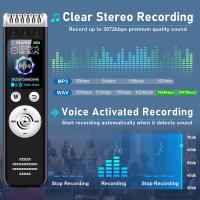
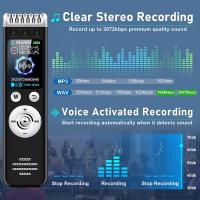

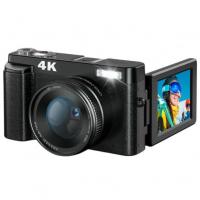


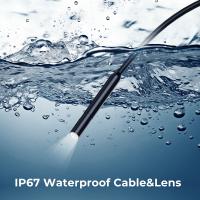



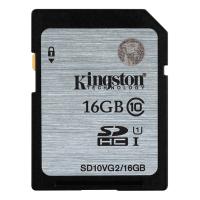

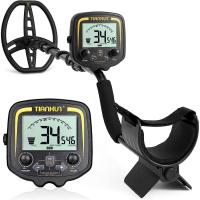

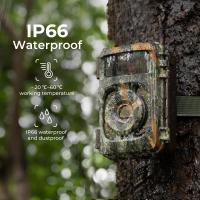


There are no comments for this blog.